Operations Management 2nd Edition By Gerard Cachon – Test Bank
Operations Management, 2e (Cachon)
Chapter 4 Process Improvement
1) Cost of direct labor goes up whenever labor content goes up.
Answer: FALSE
Explanation: Cost of direct labor goes up only if the processing time of the bottleneck activity goes up.
Difficulty: 3 Hard
Topic: Measures of Process Efficiency
Learning Objective: 04-01 Compute the costs of direct labor, labor content, idle time, and average labor utilization.
Bloom’s: Analyze
AACSB: Analytical Thinking
Accessibility: Keyboard Navigation; Screen Reader Compatible
2) Takt time matches cycle time if supply matches demand.
Answer: TRUE
Explanation: Takt time matches cycle time when we produce (or supply) exactly the amount to meet demand.
Difficulty: 2 Medium
Topic: How to Choose a Staffing Level to Meet Demand
Learning Objective: 04-02 Compute the takt time of a process and translate this to a target manpower.
Bloom’s: Understand
AACSB: Analytical Thinking
Accessibility: Keyboard Navigation; Screen Reader Compatible
3) Automating some activities at a nonbottleneck resource increases the amount of idle time for that resource without making the process more efficient.
Answer: TRUE
Explanation: Activity automation should be applied to the bottleneck resource to increase process capacity.
Difficulty: 1 Easy
Topic: Off-Loading the Bottleneck
Learning Objective: 04-03 Find ways to improve the process efficiency by off-loading the bottleneck.
Bloom’s: Remember
AACSB: Analytical Thinking
Accessibility: Keyboard Navigation; Screen Reader Compatible
4) Line balancing can only be applied to activities with a fixed sequence.
Answer: FALSE
Explanation: Line balancing can be applied to activities with or without a fixed sequence.
Difficulty: 2 Medium
Topic: How to Balance a Process
Learning Objective: 04-04 Balance a process by reallocating work from one step to another.
Bloom’s: Understand
AACSB: Analytical Thinking
Accessibility: Keyboard Navigation; Screen Reader Compatible
5) Specialization reduces processing times by making it easier to balance the line.
Answer: FALSE
Explanation: Specialization usually reduces labor utilization and makes it harder to balance the line.
Difficulty: 1 Easy
Topic: The Pros and Cons of Specialization
Learning Objective: 04-05 Explain the benefits and limitations of specialization.
Bloom’s: Remember
AACSB: Analytical Thinking
Accessibility: Keyboard Navigation; Screen Reader Compatible
6) Revenue cannot be increased with an efficiency improvement on a demand-constrained process.
Answer: TRUE
Explanation: Efficiency improvement on a demand-constrained process will not change flow rate and thus brings no change in revenue.
Difficulty: 1 Easy
Topic: Understanding the Financial Impact of Process Improvements
Learning Objective: 04-06 Evaluate the financial benefits of process improvements.
Bloom’s: Remember
AACSB: Analytical Thinking
Accessibility: Keyboard Navigation; Screen Reader Compatible
7) Four employees at a fast-food restaurant each perform one of the four activities in serving a customer: greet customer, take order, process order, and deliver order. The processing time for each activity is given as follows:
|
Activity |
Processing time per customer |
|
Greet customer |
2 seconds |
|
Take order |
30 seconds |
|
Process order |
60 seconds |
|
Deliver order |
5 seconds |
Assume demand is unlimited. If each employee is paid $7.50 per hour, what is the cost of direct labor associated with serving one customer?
A) $0.80
B) $7.50
C) $0.50
D) $0.125
Answer: C
Explanation: Flow rate = Min(1/2, 1/30, 1/60, 1/5) = 1/60 customer per second, or 1/60 × 60 (seconds/minute) × 60 (minutes/hour) = 60 customers per hour because demand is unlimited. Cost of direct labor = (4 employees × $7.50 per hour)/60 = $0.50 per customer.
Difficulty: 3 Hard
Topic: Measures of Process Efficiency
Learning Objective: 04-01 Compute the costs of direct labor, labor content, idle time, and average labor utilization.
Bloom’s: Analyze
AACSB: Analytical Thinking
Accessibility: Keyboard Navigation


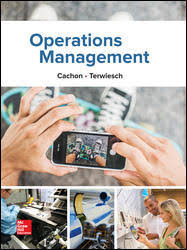
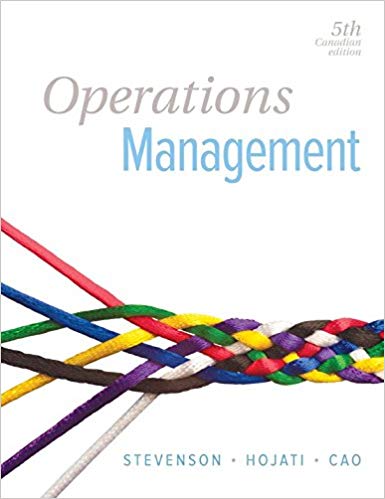


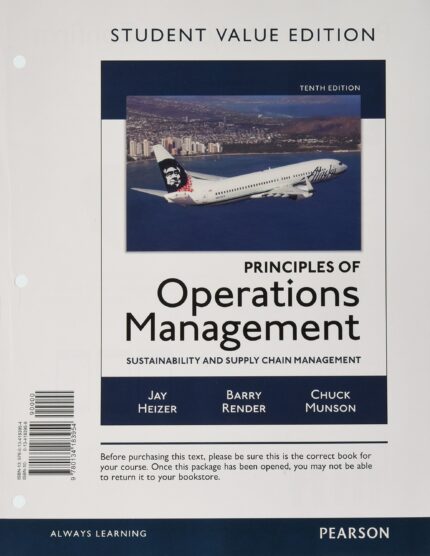
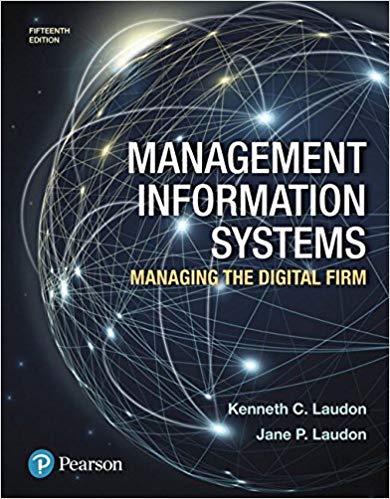
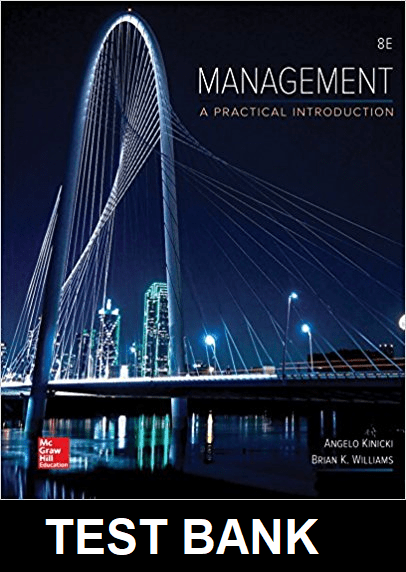


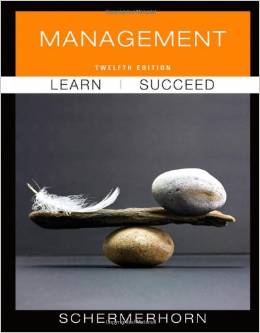

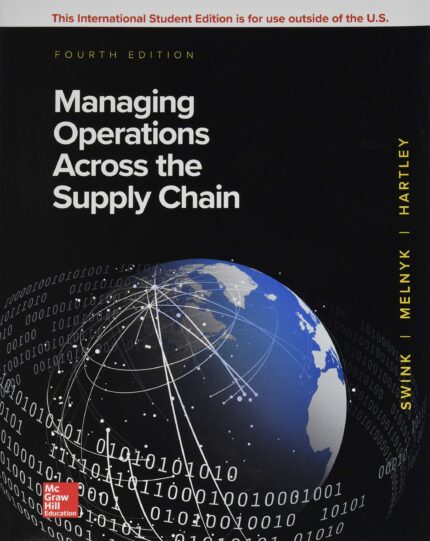
Reviews
There are no reviews yet.